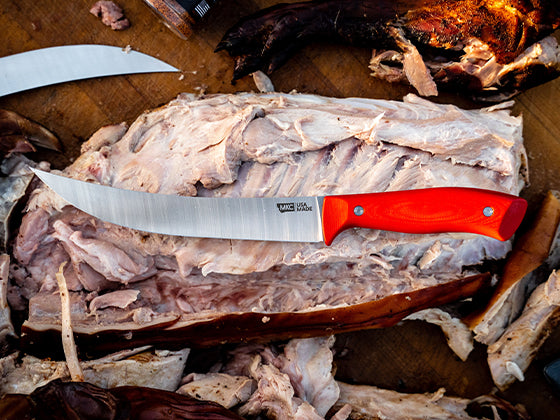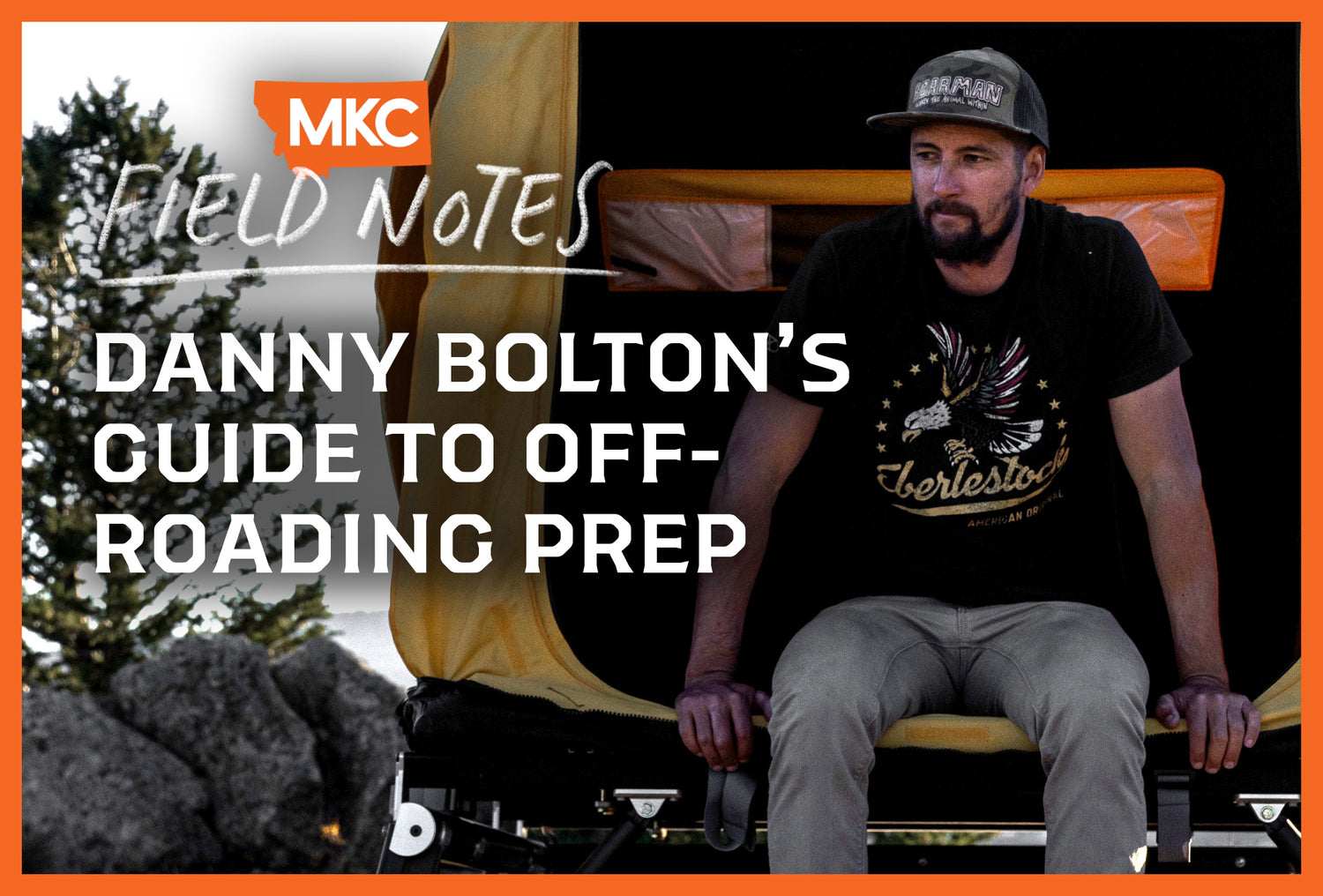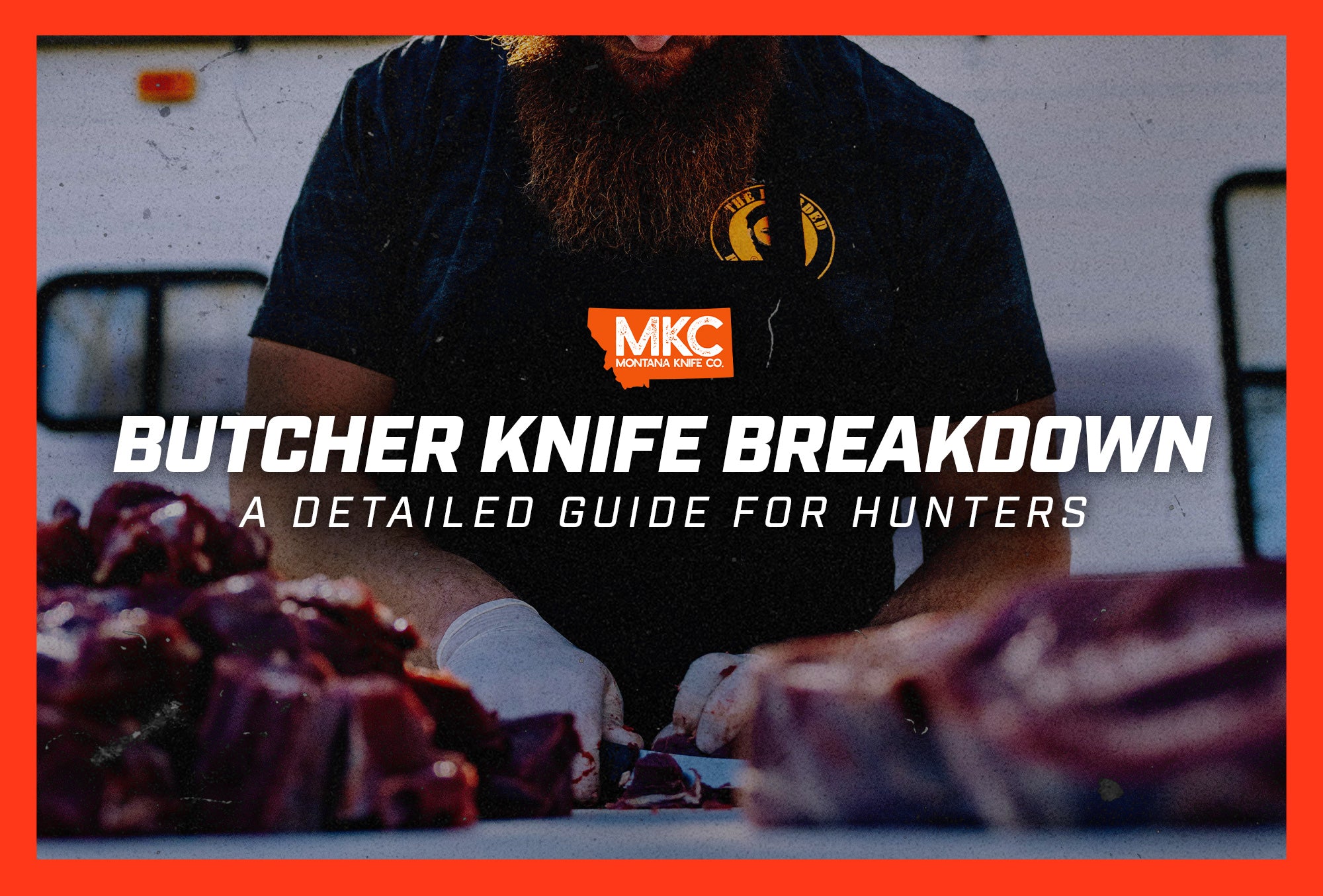You’ve probably done a little off-roading here and there, even if you’ve just driven up a gravel road. But what about bigger trips on longer trails? How do you drive to the best spots while making sure you don’t get stuck?
Successful off-roading is all about preparation — getting your vehicle ready, planning what you’ll do if you get stuck, and learning techniques that’ll help you get free. I’m an off-roading enthusiast; let me teach you what I’ve learned.

Top Off-Roading Vehicle Issues
Off-roaders often face two main issues: flat tires and getting stuck. But planning for these eventualities is simple, and when you prep right, fixing them is simple, too.
If you’re a new off-roader, you may also want to research off-road driving techniques. There’s no true replacement for real-world experience, but you can never be too prepared.
Stuck Vehicle Prep
The easiest way to avoid getting stuck is to go off-roading with more than one vehicle. As long as you have a friend or two with their own off-road-worthy vehicles, you’re good to go. Your chances of getting (permanently) stuck decrease significantly when you have someone to pull you out.
Stash a few recovery straps in your vehicle alongside your other supplies. I recommend a 2″ synthetic recovery strap that’s at least 30′ long. It should have some stretch in it — that stored energy helps “pop” a stuck vehicle out of a ditch or hole.
You need a place to attach those recovery straps to your vehicle, too. If you have tow hooks, you’re already one step ahead of the game. However, I also recommend keeping some soft shackles in your vehicle, both for when you need rescuing and for when you want to rescue someone else.
If you don’t have any buddies to go out with you, invest in a winch, which you can use to tow yourself out of a sticky situation. If you’re heading out alone, it’s non-negotiable. Learn how to use the winch before you go out and get stuck, if you can.
Finally, drop your tire pressure to around 25 PSI once you get out to the trail. Lower tire pressure means more traction, which helps keep your vehicle from getting stuck. It also helps smooth your ride over rough terrain, since softer tires absorb more force.
The main trade-off here is that you need to refill your tires when you’re done. Lower tire pressure means a higher risk of tire puncture on the road. It’s worth it, though. I recommend getting an inexpensive, portable air compressor that you can use to air back up when you’re done.
Driving Techniques
You can brute force your way out of many sticky situations with a winch or another vehicle, but with a little technique, you may not need to. If you’re stuck, or if something looks a little too intense for you, don’t be afraid to get out and walk the area first.
If you have friends with you, you can have one of them get out and guide you through the tough area. They can help you navigate tough spots that you might not see from inside your vehicle.
Flat Tires
Flats are never fun, whether you get one on or off the road. The obvious fix is carrying a spare. Flats are a little different when you’re off-roading, though, and that’s because some of them are avoidable.
On the road, most of us get flats from running over something sharp, like a nail, screw, or stick. That’s completely out of your control. Those same things can happen off-road, but it’s much more common to get a sidewall flat from a sharp rock or stick.
The sidewall of your tire is much thinner than the tread. If you rub your sidewall while off-roading, your chance of a flat increases. Good technique — and thoughtful tire placement — might not prevent every flat, but it can help you avoid a lot of them.
This might sound unnecessary, but before you go off-roading, check on your spare. Make sure it’s inflated, make sure it fits your vehicle, and make sure it’s in good condition. Don’t assume it’ll work because it came with the car, especially if you bought your car used.
You don’t need anything too fancy to change your tire — just a jack and a tire iron that works with your lugs. Most manufacturers include a jack with your spare nowadays.
You may want to add a few tire patches to your flat tire kit, too. They’re 6″ strips of fiber coated in a sticky black adhesive. Tire patches can’t fix all flats, but they’re small and cheap, so why not keep some handy? If you go off-roading often enough, a situation will eventually arise in which yours saves the day.
Another tool I like to carry with me is a two-way air nozzle. It’s just an air compressor hose with an attachment on each end. I use it to “share” air between my tires if necessary — I can even overfill my spare tire to work like an air bank. It might seem redundant if you carry a compressor, but it’s always good to have a backup option in case something goes wrong.

Learn by Doing
Don’t be afraid to take the road less traveled. Everyone gets stuck or has a flat at some point. The only way you’ll get better at avoiding (and dealing with) those situations is by making mistakes and learning from them.
Take baby steps if you need to. Build your knowledge and confidence by getting yourself into some sketchy situations (but not too sketchy). There’s nothing better than finding a perfect vista, waterfall, or hunting spot way off the beaten path. You just have to get out there and do it.
by Josh Smith, Master Bladesmith and Founder of Montana Knife Company
with Danny Bolton, hunter, father, coffee connoisseur, off-roader, adventurer, and friend of MKC.







































